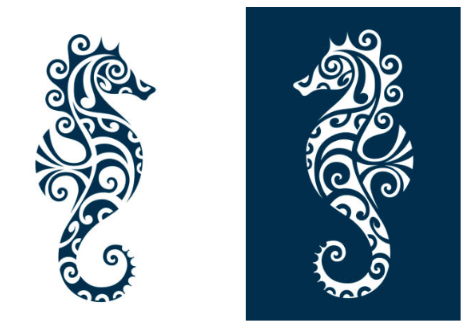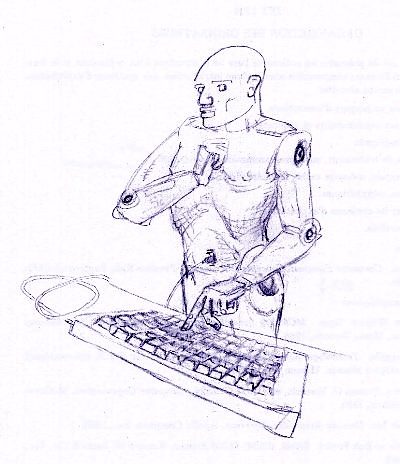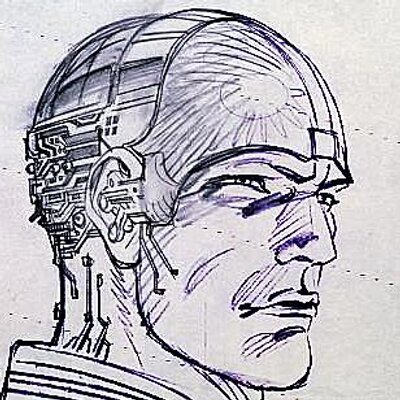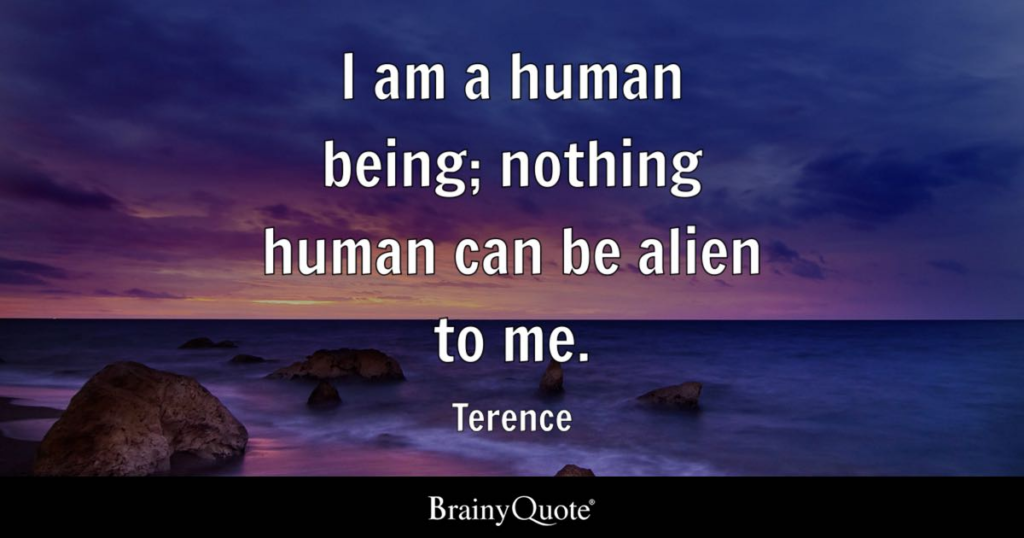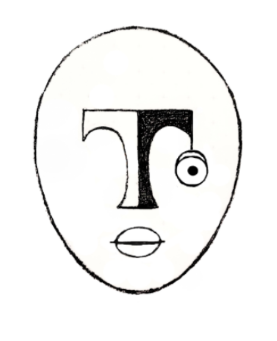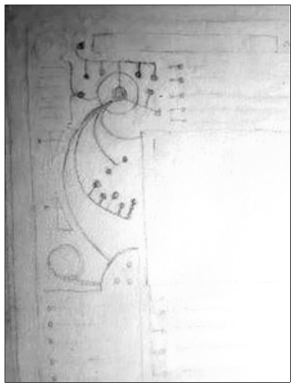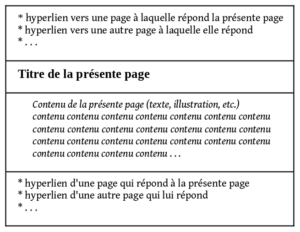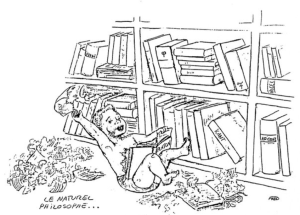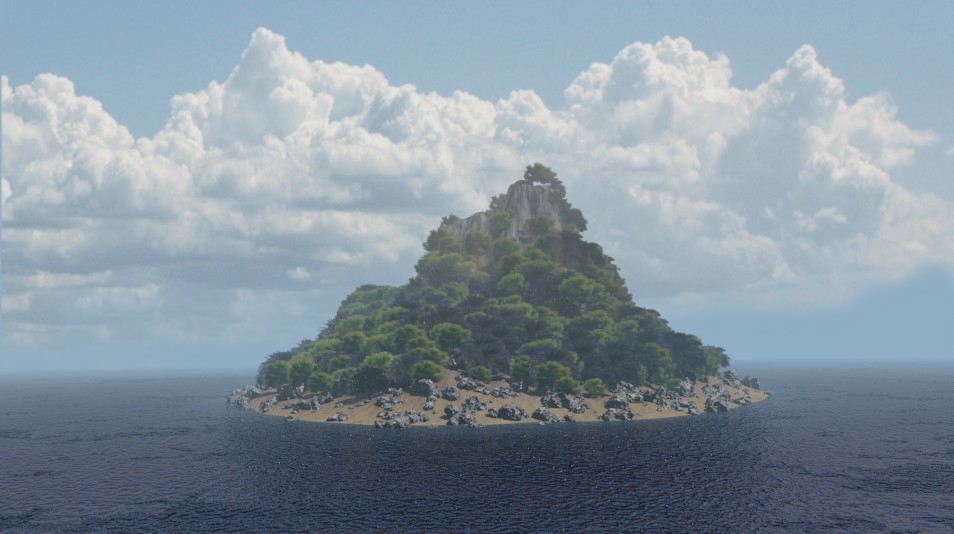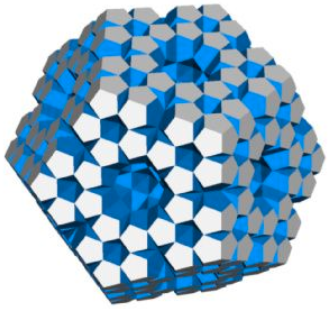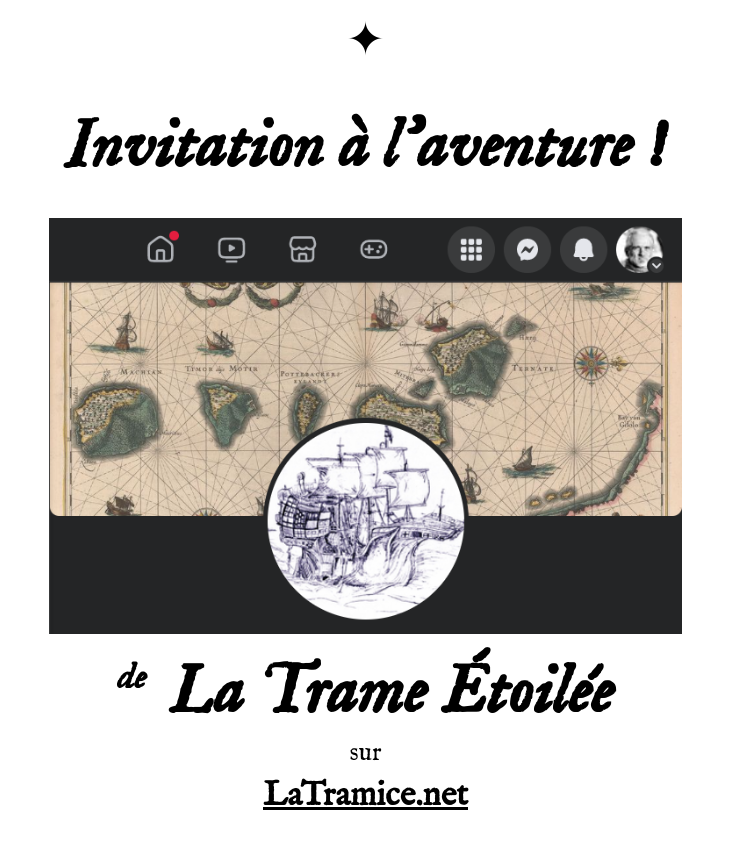✦
Version originale en français ici.
Everywhere, people talk—often strategically—about the independence of nations; they try to figure out how to free themselves from the shackles that bind them, but also, how to bring them together, to unite them, these so-called peoples, in foundational acts of self-creation.
To begin with, I am the first to agree that smaller is better. And in networks.
But how much smaller?
Hmm… And what if the common denominator was the individual? What if that was what truly unites us?
*
Subjectivity has long been sidelined by a science that sought to be unique in its objectivity, neglecting the fact that real objectivity also includes subjectivities.
Likewise, the self has been painted—by dubious moralists—as inherently selfish. And the individual? Naturally accused of individualism. An unforgivable crime!
Politics, as practiced today in most of the world’s parliaments, is… interesting… but only in the way that looking through the wrong end of a telescope may be interesting; the people seen through it appear so very small!
*
If today’s society is so divided, is it not, perhaps, precisely because we are looking through the telescope the wrong way? Is it not because we think we can ensure individuals’ security only through a « State », the archetype of the united, « civilized » group—but also thus made inert, and thence corruptible? Wouldn’t it make a lot more sense, in order to form truly free and meaningful associations—above all, living ones—, to fundamentally start with the individuals who constitute and sustain them, by equipping them with the tools to navigate and weave the social constellations of tomorrow?
*
In the great society where I imagine myself happy one day, I would have rightful power over my life, I would be able to plan my experiences, my journey—my destiny—better than I can now. It would be a society of proximity, where my surroundings would result from identical or reciprocal choices. My life, so to speak, would be embedded in a constantly communicated and optimized continuity (arranged and rearranged locally), made up of diverse ways of life that respect one another and, above all… people.
*
True peoples, it seems to me, are subordinate to the individual, to individuals, and not the other way around. A true people, I believe, can only emerge from the free association of individuals who have come together or agreed from the start, even before forming their associations—and who can also change associations or rearrange themselves at any moment.
This vision—which we might call « Individuals As the Big Idea »—has the advantage of appealing both to the left-leaning belief that no one should be left behind and to the right-leaning encouragement of individual success.
Why should individual success come at the expense of others, anyway? There are, of course, many other ways—plenty of ways—to create win-win situations! The beauty of basing society on the individual is that it inherently establishes universal justice: if we take care of each person and their dreams, we simultaneously protect them from harm.
Some will find this radical; I won’t contradict them. I do, in fact, wish to neutralize—even render obsolete—the corrosive roots of the doctrine that insists there must be winners and losers: unbridled capitalism.
*
By the way… They say the right-wing philosophy is individualistic, yet it often leads to collectivism! A giant corporation where all the profits funnel to the top of a hierarchical pyramid—doesn’t that strangely resemble insect societies?
And an ant… well, it’s not exactly the most individualistic creature, despite what the fable says!
*
But let’s get back to the subject at hand.
Nations gaining independence, defined by more or less arbitrary borders and more or less passive constituents, will undoubtedly give birth to peoples more significant than the mass they extract themselves from, but they will remain compromised in proportion to their sheer size. In other words, their unity will be all the more artificial . . . the more populous they become.
Decision-making layers, mass representation, bureaucracies, committees, subcommittees, poor communication, temptations and threats from hidden groups, corruption, and, to start, the dictatorship of the majority (even an overwhelming majority)—these are all fractures in the social fabric that, over time, has the potential to unravel and entangle everything.
*
The idea that forming unity on such a large scale is imperative seems, at least to me, to date back to the era of kingdoms, kingdoms which needed armies, vast fields, industries, and a massive workforce…
But we don’t need all that to live. Things could be much simpler. Fruits grow, we pick them, we build houses, we go to the store to buy ink and paper, we trade with neighbors, we learn from one another, we have fun and laugh as much as we can—we take care of each other and of our forests, lakes, gardens, workshops, creations; we communicate…
Do we need armies? Police forces? Governments whose hegemony extends over vast territories? That play high-stakes, hardball games on the international stage? (A game, unfortunately, that almost everyone plays to some degree in this early third millennium that claims to be awakening while also running headlong into catastrophe. — What will happen???)
*
Even mainstream progressivism has so far primarily focused on groups, on collectivization, while paying little attention to the individual—only addressing them in abstract, reductive, or negative terms, as part of a mass or category: « the poor, » « workers, » a given minority, a given cross-section of minorities, « the people, » etc.
I fear that in doing so, we might be passing too quickly over something essential, something philosophically fundamental: the person.
*
Are dolphins, dogs, and elephants persons? Being sentient, of course, is at the heart of this primacy and deserves recognition. Perhaps we could agree to understand the word « person » as a « communicating being »; this would, at any rate, align with the etymology of the word:
From Middle English persoun, personne et al., from Anglo-Norman parsone, persoun et al. (Old French persone (“human being”), French personne), and its source Latin persōna (“mask used by actor; role, part, character”), perhaps a loanword from Etruscan 𐌘𐌄𐌓𐌔𐌖 (φersu, “mask”).
(Source : https://en.wiktionary.org/wiki/person)
It seems obvious to me that associations of individuals—among all the things that can be done—must be well done, meaning, in this case: based on the free and prior consent of the individuals themselves, duly enlightened about the imaginable possibilities and empirical limits.
Going in the opposite direction, for example, taking a set X of individuals (living in a territory Y, let’s say) and establishing that a majority Z will dictate the norm seems to me to miss the target, and by a long shot. It is to condemn oneself to consider people as herds that must be guided and… exploited. ― But we do much more than merely populate, in this world! We weave, we braid relationships that, all together, constitute the world!
Not all of us perceive this contradiction equally well, but since the advent of social networks, we perceive it more and more—despite the desperate attempts of the old system to sustain itself through lies, propaganda, cancel culture, and manufactured fears.
Yet the old hegemonic system could just as well break apart right there, along this fault line, due to the emergence of tools and practices that place the individual back at the center. All individuals.
The individual, the person, with all their possibilities—finite and yet infinite—their marvelous and tragic sensitivities, their living history: is this not what, in this world, is most fascinating, moving, and potentially grandiose?
It seems to me that if we started from the individual rather than from the collective, we would have a much stronger foundation—first, richer, more multicolored, but also less abstract, and, one imagines, more compassionate, more open. Naturally, it would involve informing individuals about the shifting and flickering societies they, for-real and potentially, form among themselves.
While respecting certain limits, isn’t the goal to optimize the fulfilment of our dreams? (Of course, one must thrive without harming others; this does require a bit of perspective: listening, above all; sensitivity, but also ipseity, boldness, imagination; a certain sobriety, a well-balanced multidimensional diet, as well as ingenuity. For, to flourish absolutely without others? That would be a bit of a shame, wouldn’t it?) To meet needs first and foremost; then to consider desires; to mingle wisely and fluidly according to parameters established by each of us; to ensure that our choices, incidentally, do not harm others, other communities, the environment… nor… (How many golden rules do we need, exactly?)
Individuals as the big idea, right? — An approach that moves away from ironic individualism!
But let’s admit for a moment that such a thing would be. Our children would still be born into societies that may not necessarily resemble them, and they would find themselves in situations quite similar to those we currently know, with their pre-established structures, and all that comes with them: frustration, exclusion, rebellion, etc.
That is why, I think, it is necessary to guarantee to everyone, from childhood, an inalienable individual immunity. It would be the role of the schools to offer a place conducive to exploration, guidance, and experimentation alongside mentor-guides. Also, to ensure that the tools of navigation—protocols, languages, codes, and interfaces, which weave together the world of a communicational era—are well understood and mastered by everyone.
Reversing the trend. Rather than teaching us to obey—first parents, then teachers, then employers, all constantly framed by written and unwritten laws—what if, instead, we learned to discover the possibilities available to us, according to our natural aptitudes, our dreams, and our aspirations, both whimsical and profound?
In Iceland, in Scotland, in Quebec, and in France, and about everywhere across the cosmos, people are thrilled by the idea of writing constitutions.
I wonder if anyone has ever—surely yes, somewhere across the cosmos!—considered establishing, within a constitution, the necessity of a solid communication system that would support every individual in building and transforming their life.
We are ingenious. Establishing such a system is not beyond our capabilities; it could even be quite enjoyable!
Of course, the inhabitants of a same territory—of the same planet, let’s say—will need to agree among themselves on the use of resources and the maintenance of environmental health at all levels.
Let’s imagine for a moment a « communicational era » where there are self-documented tools that diverse and evolving beings use to optimize their interactions and the use of their resources, their living spaces, etc.; where each person can literally design their own sustainable environment; where one is also able to navigate as freely as possible between these environments; and where, last but not least, schools and “retreats” provide guidance on how to craft, tailored to each person, pathways leading to any environment, activity, person, or thing, existing or possible.
I actually think that if each environment, as local and unique as we can imagine it, were literally chosen by its constituents—each and every one of them—and did not cause harm to other environments (the golden rule applied also to associations and communities), we would feel much better on this planet.
As dreamlike as this vision may seem in today’s world, which appears to be heading toward its own ruin, isn’t the idea of a communication-based, emergent world at the very least an avenue worth boldly and seriously considering and attempting?
In fact, if we don’t completely destroy each other before we manage to put this communicational world in place, we probably have—on this particular planet in the cosmos—much time to perfect and diversify a kind of integrated, emergent, open, viable, global, colorful and multidimensional permaculture, ensuring innovation, maintenance, rescue, contemplation…
True peoples are united. True peoples flourish and are diverse. They are not necessarily large and, in fact, thrive better when small. They constantly associate and reassociate; they evolve—freely, diversely. Solidly and fluidly. With integrity, with enlightened fluidity. Of course, they must communicate, have shared tools, or at least a « communication-establishing protocol »—that is, at the core, simply to speak and listen to one another.
It seems obvious to me that it would actually be very interesting to equip ourselves with a system that ensures the well-being and development of each individual; to extend a helping hand, to assist them as much as possible in their self-determination, their growth, their strengths, and their leisure pursuits. More, if affinities align.
*
The arrival of the internet has opened a window to a new era of possibilities for communication. Perhaps we should hurry to seize this opportunity to reweave society from the ground up using this powerful tool—before the window closes!
It is already happening, I’d say.
Of course, it can be done without the internet (and might even be way lighter that way—how about a cardboard internet?), but the house is on fire, and we need a quick solution. The time is more than ripe!
*
Every system has its own limitations. But can a system truly be called narrow if it aims for the well-being of every individual? Isn’t that, in fact, the very emancipation that every individual awaits? When will we have a beautiful unanimity on this?
*
It is an inherent part of nature, to have « power over » to dominate, control, standardize, uniformize, limit, mechanize—in short, to dehumanize in order to exploit or destroy, a game where there are no real winners. We can do so much better than this by cultivating and unleashing our « power to ».
A certain « power » has been concentrated in the hands of a few. But power itself is something that deserves reexamination. What exactly is this thing? If not what we can do at our best? ― But of course!!
It is up to us, individually and collectively, to figure out how. — At the very least, let’s try!
✦
